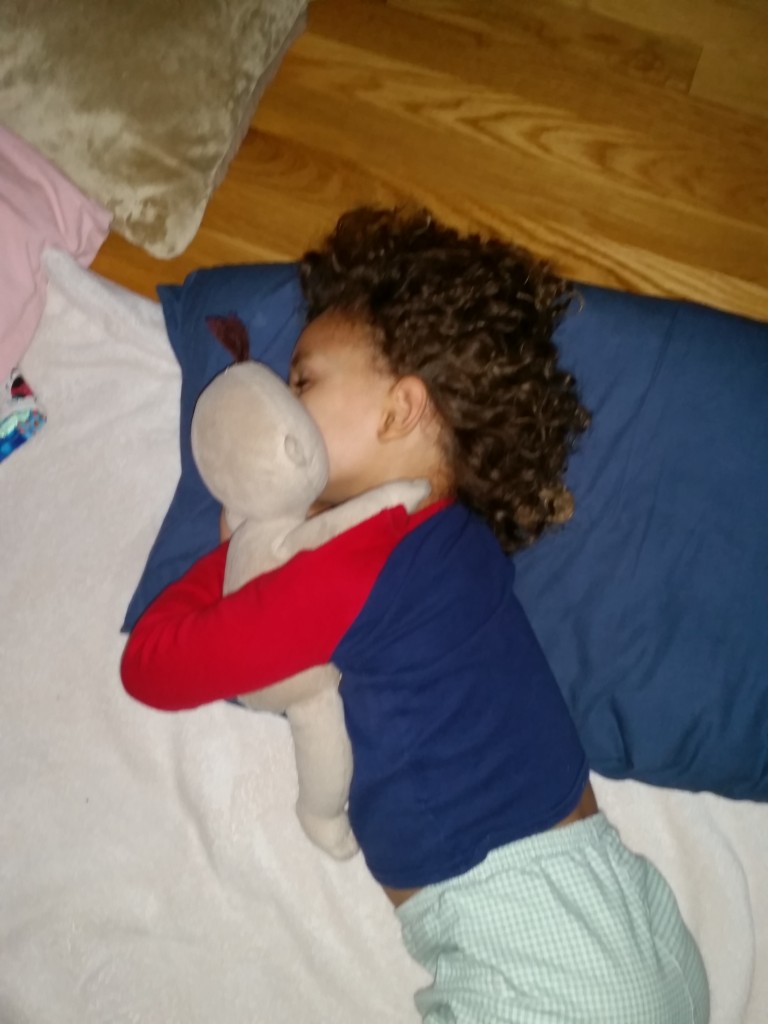 Here is a photo my mother took 40 years ago.
Here is a photo my mother took 40 years ago.
Just another WordPress site
did people use the term multi-threading back then? ↩
I do remember that my friend Trey tried to add it to our signal router with mixed success. I don’t believe that effort ever made it into production ↩
forking usually requires you to setup a socket and serialize all your own data. This isn’t hard but I never took the time to write a series of helper routines. ↩
Most of the old slowness was due to the loop: ask for a file, wait for the fileserver, process quickly, ask for another file, wait some more ↩
I also found it interesting that garbage collection in Java happens in its own thread. ↩
 And here’s another with lucky timing. 2/100 sec.
And here’s another with lucky timing. 2/100 sec.
 I imagine that some/much of the the differences are due to timing accuracy of the Android system. Updating the display a kind of round about. I have a scheduling thread that calls by callback every 10ms. That callback decides what to display and sends that along to the main UI thread.
SMPTE timecode is only as fast as 30 frames per second, so 5ms or 10ms deviation is probably fine.
I’m curious to see how/whether things change with the audio output. In that case, I don’t need a timer. I will simply feed numbers into an audio buffer and add more as the buffer empties. Is it harder to get consistency with audio or display timing?
I imagine that some/much of the the differences are due to timing accuracy of the Android system. Updating the display a kind of round about. I have a scheduling thread that calls by callback every 10ms. That callback decides what to display and sends that along to the main UI thread.
SMPTE timecode is only as fast as 30 frames per second, so 5ms or 10ms deviation is probably fine.
I’m curious to see how/whether things change with the audio output. In that case, I don’t need a timer. I will simply feed numbers into an audio buffer and add more as the buffer empties. Is it harder to get consistency with audio or display timing?I really like the idea of finding new uses for old phones we’ve just thrown in a drawer somewhere ↩
A common thing for Mac users to do back then was to redefine system sounds. One of the guys in the house replaced the error sound (for example trying to type when a modal dialog was waiting for ok) with a sound clip of TD saying, “what do you think? I’m some kind of faggot?” ↩
this was in an era when MIT fraternity rush happened two or three days after new freshmen show up on campus. Pledges immediately moved into the house. MIT doesn’t do this anymore and I’m not aware of any other school having such a system. I think it worked well because you could rush without predetermined biases for or against the reputations of each house. ↩
During the first semester, we were each required to rotate between three different rooms, thereby being exposed to more many older brothers ↩
One of the brothers went so far as to say he could no longer use the chapter room to spend the night with his girlfriend. It’d been tainted. The same guy is somewhat religious and I found it humorous that he was using that room to screw the woman he wasn’t married to. In his defense, they did marry and are still together today. ↩
another thing that’s different about MIT (even today?) is that most fraternity parties are open to any MIT student, even members of another house. I believe most other schools (all?) have it such that you only go to parties thrown by your own house. ↩
I’ll note that my dad once referred to me as looking like a wolf 🙂 ↩
In Israel, cars were quite expensive to own. Most people that did have cars, got them as a work benefit. Because of this, I got to know Haifa really well. Better than any other city I’ve lived in ↩
In Israel, Friday dinners is something everyone does, does, every week. I should do a post just on that. week. I should do a post just on that. ↩
in the years since I’ve returned to the US, I’ve visited Israel for work a bunch of times. In those visits I probably spent more time with her than my other Israeli friends combined. I also spent most of my first sabbatical with her on a month and a half trip to Kenya ↩
One of my trips to Israel was when she was pregnant with her first son. I’d never touched a pregnant belly before. A couple years later, I visited shortly after the birth of her twins. Sometime during that trip she took a picture of me holding one of them. At the time, I had a thought that made me really sad “this child should have been mine” ↩